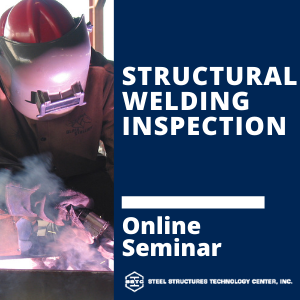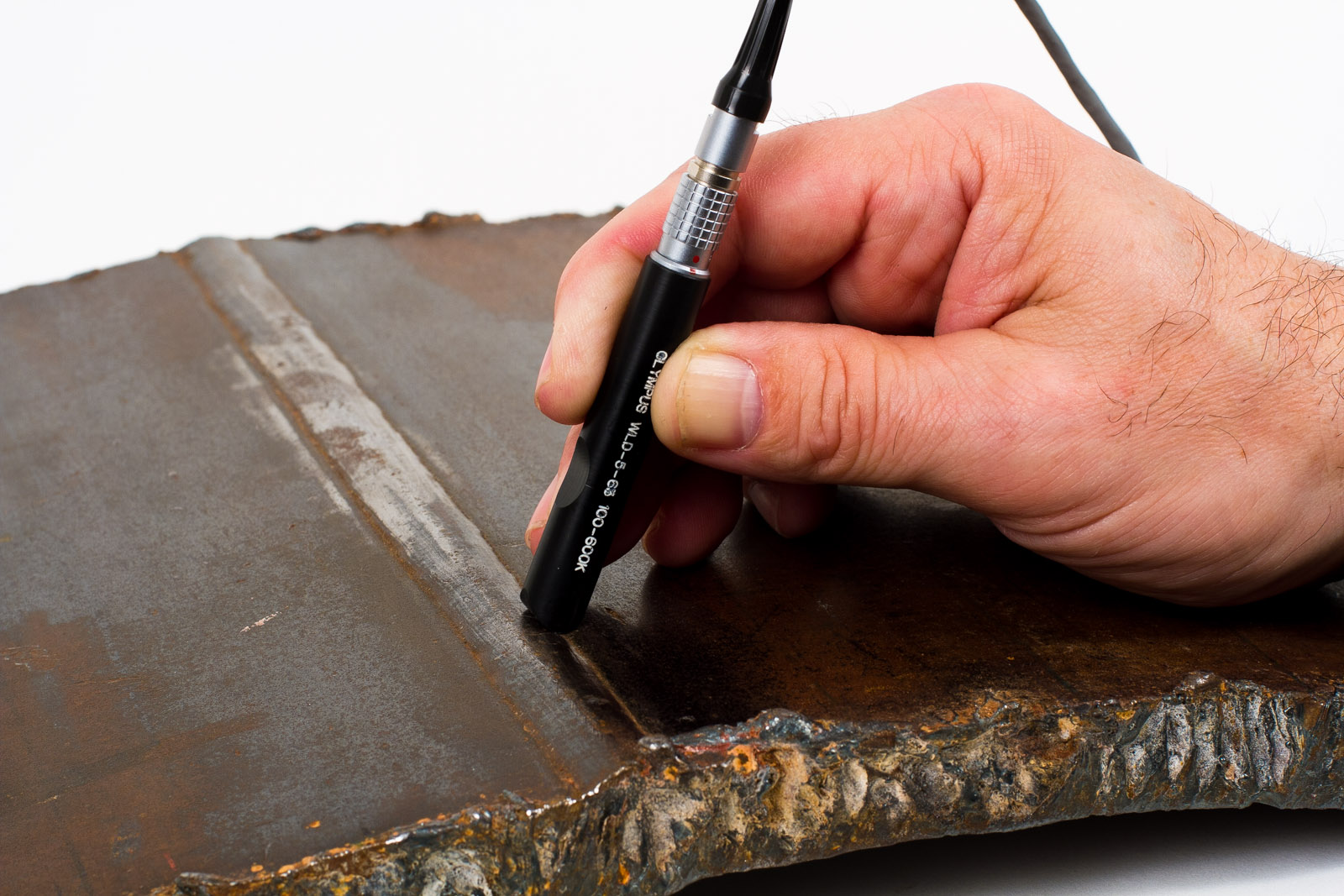A Comprehensive Guide to Welding Examination: Understanding Standards, Techniques, and Finest Practices for Quality Control

Welding inspection plays a crucial role in making certain the structural honesty and security of welded parts, requiring an extensive understanding of industry requirements such as those developed by AWS and ASME. As we discover these essential aspects, it ends up being noticeable that the ramifications of welding examination extend much beyond compliance, welcoming a more detailed evaluation of exactly how these processes shape sector criteria and methods.
Significance of Welding Inspection
Welding assessment plays a vital role in making sure the honesty and security of bonded frameworks. It is an important process that confirms that welds comply with predefined requirements, which is vital in different sectors, including building, automobile, and aerospace. By carrying out complete evaluations, prospective issues such as splits, incomplete blend, and porosity can be recognized early, preventing catastrophic failings that could result in accidents or costly repairs.
The value of welding examination prolongs past mere conformity with guidelines; it also promotes trust with stakeholders. Clients and regulative bodies anticipate assurance that the frameworks they count on are developed to hold up against operational tensions. Furthermore, reliable welding assessment methods add to long-term longevity and efficiency of the frameworks, inevitably bring about reduced upkeep costs.
Additionally, welding inspection advertises a society of top quality within organizations, encouraging adherence to ideal practices and continual improvement. By incorporating examination processes into the welding operations, companies can boost their track record and develop themselves as leaders in quality control. To conclude, the relevance of welding examination hinges on its ability to safeguard lives, ensure structural integrity, and support industry criteria, making it an important element of welding operations.
Secret Sector Criteria
Making certain conformity with essential industry criteria is crucial for preserving the quality and security of bonded frameworks. Numerous companies develop these standards to advertise finest methods in welding and evaluation. Among one of the most identified are the American Welding Culture (AWS) and the American Culture of Mechanical Engineers (ASME), which supply comprehensive standards and requirements for welding processes and evaluation criteria.
AWS requirements, such as AWS D1.1 for structural welding, summary requirements for products, layout, and screening to ensure the integrity of welds. ASME codes, consisting of ASME Area IX, govern the credentials of welders and welding procedures, making sure constant high quality in commercial applications. Internationally, the ISO 3834 conventional emphasizes top quality needs for combination welding, supplying a structure for companies to demonstrate conformity with worldwide finest practices.
Compliance with these requirements not just improves the dependability of welded structures however additionally minimizes dangers associated with architectural failures. Adherence to sector criteria is usually a requirement for regulative approvals and can substantially affect job specs. Ultimately, understanding and executing these essential standards are essential for effective welding evaluation and quality control.
Inspection Techniques Review
Efficient welding assessment relies on a selection of techniques developed to assess the top quality and integrity of welds. These strategies can be broadly classified right into non-destructive and destructive screening (NDT) approaches. Non-destructive testing strategies, which are commonly favored in the sector, enable for the assessment of welds without compromising the stability of here the product.
Among the most commonly utilized NDT techniques are visual examination, ultrasonic testing, radiographic testing, and magnetic fragment testing. Aesthetic evaluation is typically the first step in the examination process, making it possible for assessors to recognize surface blemishes and examine weld grain profiles.
Each method has its very own benefits and limitations, making it essential for inspectors to pick one of the most suitable technique based upon the specific requirements of the project, the materials entailed, and the criticality of the welds being examined. This careful option upholds and makes sure extensive assessments safety and high quality requirements in welding operations.

Typical Defects and Their Implications
A thorough understanding of common issues in welds is essential for keeping structural integrity and safety and security in welded buildings. Welding problems can considerably endanger the mechanical residential or commercial properties of the joint, causing failures that can threaten both employees and tools.
Usual issues consist of porosity, which shows up as little gas pockets trapped in the weld steel, weakening the total structure. Breaking is one more widespread problem, usually arising from fast air conditioning or incorrect joint design, leading to stress and anxiety focus that can cause catastrophic failures. Insufficient blend happens when the weld metal stops working to properly bond with the base product, creating weak points that might bring about separation under lots.
Various other remarkable defects include damaging, where the weld grain wears down the base steel, and slag additions, which can impede the weld's stamina. Each of these flaws has certain ramifications; for example, porosity can reduce ductility, while fracturing straight affects tensile strength. Recognizing and understanding these issues during assessment is necessary for ensuring and applying corrective steps conformity with sector requirements, inevitably safeguarding the architectural integrity of bonded settings up.
Best Practices for High Quality Assurance
Executing ideal techniques for quality guarantee in welding procedures is important for achieving ideal outcomes and minimizing problems. One essential technique is the establishment of clear welding procedures that abide by industry criteria and requirements. These procedures ought to include detailed instructions relating to product option, joint preparation, and welding methods to ensure uniformity and quality.
Routine training right here and accreditation of welding employees are additionally vital. Proficient welders who understand the value of top quality assurance are more probable to create audio welds. Additionally, applying a robust examination program, consisting of both visual and non-destructive screening (NDT), can help recognize defects early while doing so, permitting timely rehabilitative actions.
Documents plays a key duty in quality control. Preserving exact records of welding evaluations, repairs, and criteria guarantees traceability and liability. Moreover, employing sophisticated technologies such as automated welding machines can enhance precision and reduce the potential for human mistake - Welding Inspection Gilbert Arizona.
Lastly, fostering a culture of high quality within the company motivates employees to prioritize top quality in their work. By sticking to these ideal practices, companies can improve the stability of their welding processes, inevitably resulting in enhanced item top quality and reduced expenses related to rework and repairs.

Conclusion
In verdict, welding inspection plays an important function in guaranteeing the stability and safety and security of welded frameworks. By implementing ideal practices, More Info companies can boost reliability, decrease maintenance expenses, and cultivate count on among customers, ultimately adding to successful welding procedures.
Furthermore, welding examination promotes a society of high quality within companies, urging adherence to finest techniques and constant renovation. In conclusion, the relevance of welding inspection exists in its capability to guard lives, make sure architectural integrity, and copyright industry requirements, making it a vital element of welding operations.
Among the most acknowledged are the American Welding Society (AWS) and the American Culture of Mechanical Designers (ASME), which supply thorough guidelines and specs for welding processes and examination requirements.
Eventually, understanding and applying these vital criteria are necessary for efficient welding assessment and high quality guarantee.
Effective welding assessment counts on a selection of techniques designed to analyze the top quality and honesty of welds. - Welding Inspection Gilbert Arizona